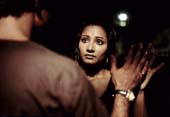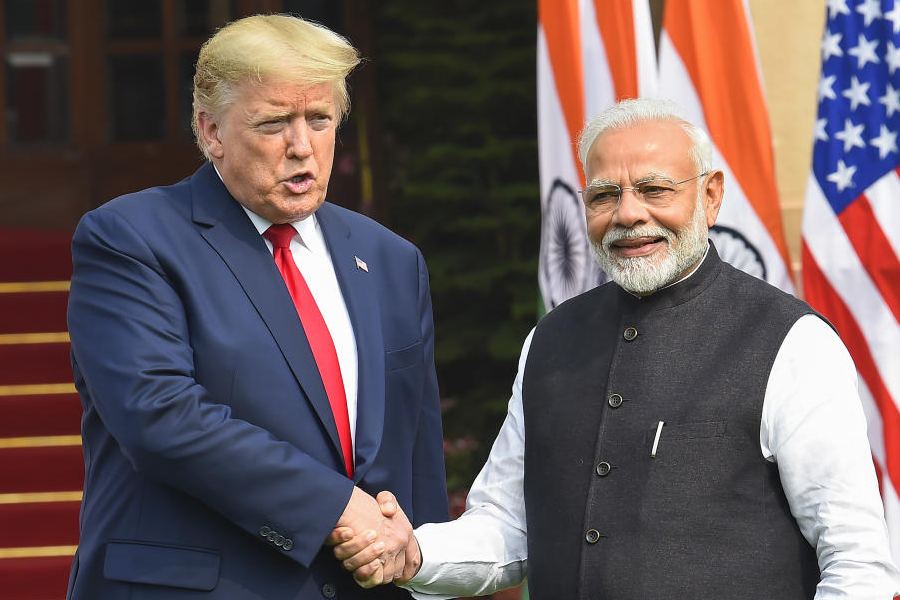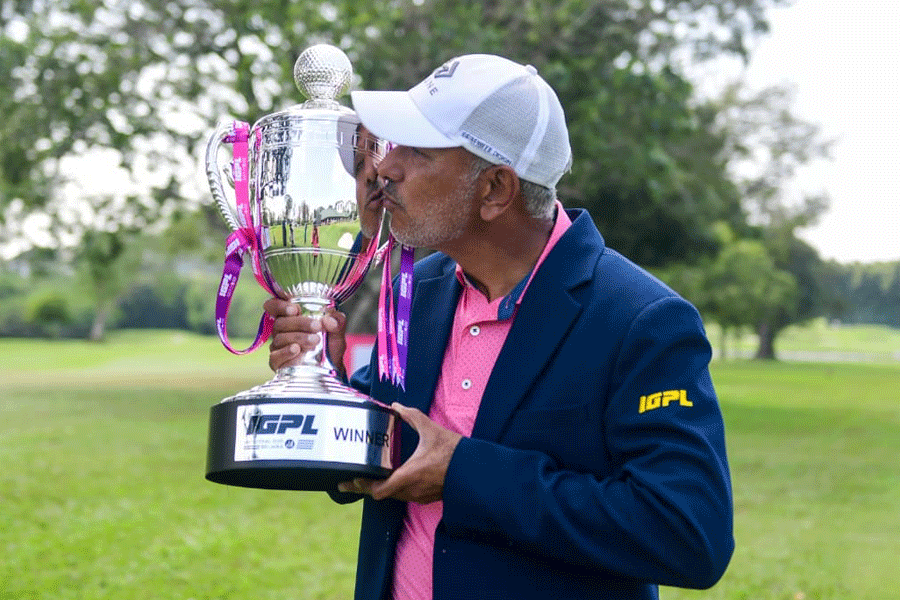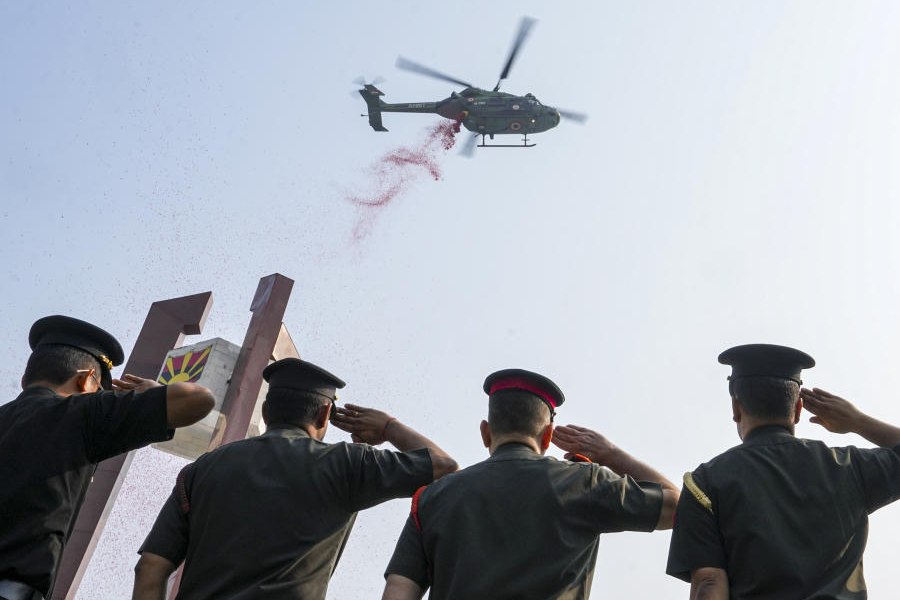 |
| Tannishtha Chatterjee and Prashant Narayanan in a moment from Shadows of TimeFlorian Gallenberger |
![]() What prompted you to base Shadows of Time in Calcutta?
What prompted you to base Shadows of Time in Calcutta?
The idea for Shadows of Time originated from an interview that I had heard on German radio. A small girl was speaking about how she used to work in a carpet factory. Her fragile voice stuck in my mind and eventually a story came up. It was clear to me that the film should be made in India as the inspiration was from India. So when I visited India for the first time, I saw 10 of the big cities starting with Mumbai and finally arrived in Calcutta. I decided that Calcutta was the right place for my film, as it has a strong notion of time passing and that is one of the main subjects of the film. In Calcutta you always feel the past and by this you are always reminded that your life will pass by moment after moment. That’s what I liked.
![]() What made you to make it in Bengali? Was the language determined by the choice of place?
What made you to make it in Bengali? Was the language determined by the choice of place?
I would have found it very strange to shoot a film in Calcutta in any language other than Bengali, especially as the story involves children from a very simple background who would definitely not speak English. We tried to be authentic as much as possible and that naturally goes for the language too.
![]() Which are the places in Calcutta and Bengal where you shot the film? Where did you shoot the red-light area scenes?
Which are the places in Calcutta and Bengal where you shot the film? Where did you shoot the red-light area scenes?
We shot everything within Calcutta, apart from the opening scene, which we shot in Birbhum. The jute mills and the temple were in the north of the city, close to Barrackpore. We shot at Calcutta Club, on the Hooghly, at Howrah bus station (which was pretty crazy) and also at the big Calcutta train station (forgot its name). The red-light district and most of the street scenes were shot in north Calcutta. But finally it turned out that people where not too happy to see their neighbourhood turned into a red-light district, even though it was only for a film. So we dressed up the back of Prabhat cinema as a red-light district.
![]() How difficult was it to direct a film in a language you don’t know?
How difficult was it to direct a film in a language you don’t know?
Well, I had directed a film in Spanish before (Queiro Ser), which is also a foreign language for me and it won me an Oscar. So I thought and still think it’s not too much of a problem to direct in a language other than your own.
![]() The film has a very Indian sensibility. How did you work that out?
The film has a very Indian sensibility. How did you work that out?
I truly don’t have an answer to that. Some people say that I might have been an Indian in a previous life! But seriously, it came as a surprise to me too. I wrote the basic story before I had ever been to India. When we contacted our partners in India, everybody said, “Oh this story is so Indian”. So I guess there must be a good amount of Indian emotion within me.
![]() Did you have any target audience in mind while planning the film?
Did you have any target audience in mind while planning the film?
I wanted to make a film that would work for both Indian and western audiences. I wanted to be truthful about the colours, about the faces, about the characters and places of the story, because this means to respect your film. And I believe that this respect will make the film work for audiences worldwide as it generates authenticity.
![]() How and why did you decide on Prashant and Tannishtha?
How and why did you decide on Prashant and Tannishtha?
Casting was very difficult as we had to find our two main characters in three different ages: as kids, adults and senior adults. Of course they had to resemble each other, which was limiting the choice enormously. So we were casting simultaneously in Calcutta, Delhi and Bombay (Mumbai). I saw almost 7,000 schoolchildren in order to find Tumpa and Sikander, who are in the film now.
I also met some Bollywood stars, but for me it was not important whether we had famous actors, but that we had actors with great abilities who were committed to the project. Bollywood stars seemed to me as being mainly concerned about themselves and less about the story, the film and the working process. Prashant and Tannishtha gave everything to the film and worked very hard.
![]() What has been the response from the audience in Germany?
What has been the response from the audience in Germany?
The film is very emotional and so all over the world, wherever the film was screened, the response was very warm. You would normally hear a lot of women opening their handbags to take out handkerchiefs at the end... that was always the moment I knew the film had worked on them. Germans tend to be rather rational people, so it is definitely an untypical film for Germany.
![]() Have you seen any Bengali films, like Satyajit Ray or Ritwik Ghatak?
Have you seen any Bengali films, like Satyajit Ray or Ritwik Ghatak?
Of course I have seen the films of both Ray and Ghatak. And I think you can’t shoot a Bengali film without having them in the back of your head. Especially Ray’s Music Room (Jalsaghar) left a strong impression on me as the atmosphere and the sense of time and space is very specific in this film. And furthermore, I had the opportunity to work with Soumitra Chatterjee, who appeared in so many films of Ray. That meant for me that there was always a little spark of Ray with us.
![]() What are your future film-making plans?
What are your future film-making plans?
I am preparing my next film right now. We will be shooting in China next year. It’s a rather big film, about John Rabe, a German, who saved the lives of thousands of Chinese civilians during the Chinese-Japanese war in 1937. Again a film far away from home...










